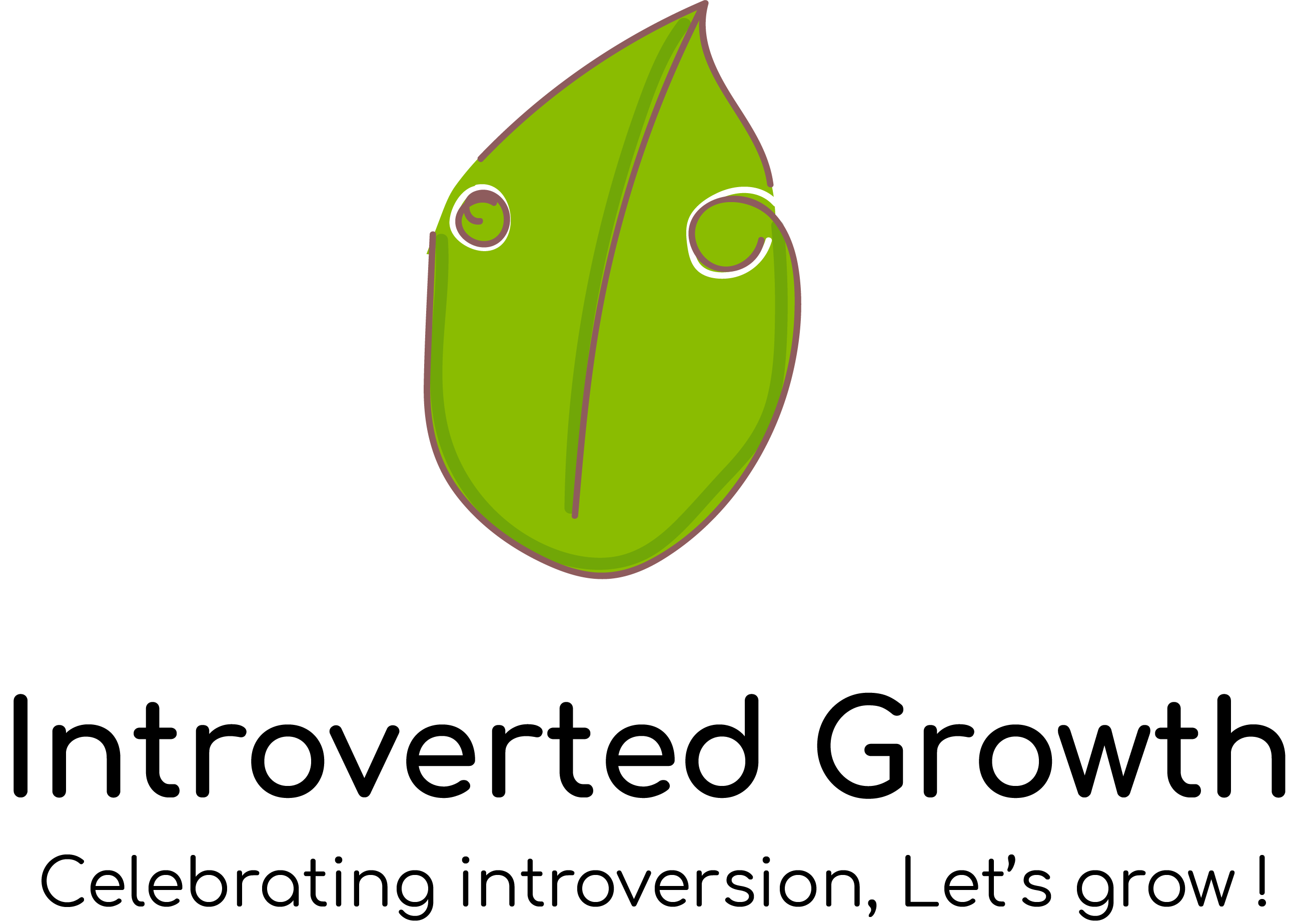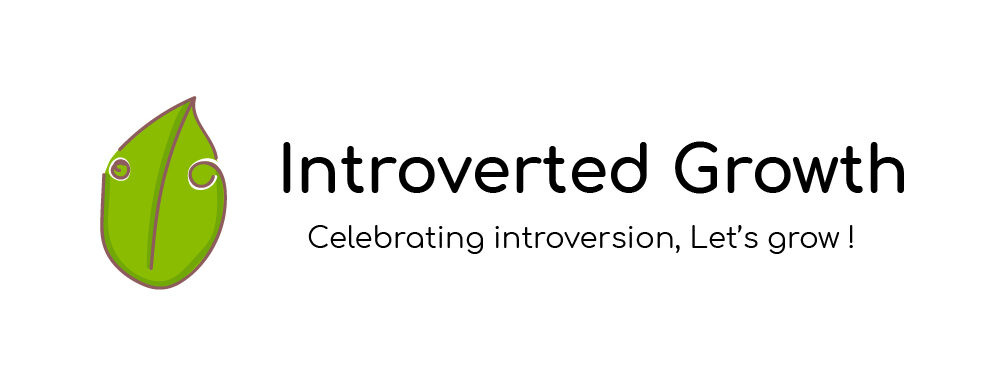This article will explore the ESTP 8w9 personality type. We will discuss their core desire and fear, some of the challenges, and how to become a better person as an ESTP 8w9.
What is an ESTP 8w9?
An ESTP 8w9 is a personality type based on the Myers-Briggs Type Indicator (MBTI) and Enneagram. An ESTP 8w9 is an outgoing and dynamic individual who has an immense amount of energy and enthusiasm for taking risks, living life to its fullest, and actively exploring their environment.
They are often seen as ‘doers’ and prefer real-world, tangible solutions. ESTP 8w9s are highly focused on results and will take whatever measures necessary to get what they want, making them natural leaders.
When it comes to relationships and social situations, an ESTP 8w9 values autonomy and independence but also has a strong desire for connection and intimacy. They are often described as assertive and direct and have no problem expressing their feelings.
ESTP 8w9s also tend to be risk-takers and may not always consider the potential consequences of their actions.
What is the core desire and fear of the ESTP 8w9?
The core desire of an ESTP 8w9 is to be powerful, respected, and strong, while their main fear is the sense of being powerless. They strive for control and dominance in relationships but are ultimately afraid of being walked over.
These types are assertive and take charge of any situation they encounter. They desire validation from others as a sign that they have been successful in achieving dominion or influence over people or things.
Some challenges you might face for being an ESTP 8w9
1. Feeling overwhelmed
ESTP 8w9s are often eager to take on projects and tasks, which can lead to them feeling overwhelmed with their workload. This can also cause stress, frustration and even burnout if they don’t take enough time to rest and recharge.
2. Making rash decisions
ESTP 8w9s can be impulsive and may make decisions without thinking through the implications. This can lead them to taking actions that have negative consequences for themselves or others.
3. Not listening to their intuition
ESTP 8w9s tend to rely heavily on logic, but they should also pay attention to their gut feelings and intuition when making decisions. Ignoring these inner feelings can lead to poor choices and regret later on.
4. Putting too much emphasis on independence
ESTP 8w9s are independent thinkers, but they should also recognize the importance of collaboration and working with others in order to achieve their goals. Isolating themselves from potential resources can limit their growth and success.
5. Emotionally disregarding others
ESTP 8w9s can sometimes be too focused on their own wants and needs, so they may ignore the feelings of those around them. This can lead to misunderstandings or hurt feelings if it is not addressed in a timely manner.
Growth Tips for the ESTP 8w9
1. Cultivate a strong sense of self-awareness
It is important for ESTP 8w9s to have an understanding of their strengths, weaknesses, and tendencies in order to best use them.
2. Explore the benefits of long-term planning
While ESTP 8w9s may prefer spontaneity and taking immediate action, it’s also important for them to develop strategies that will help them make informed decisions in the future.
3. Utilize organizational techniques
To better manage their projects and tasks, ESTP 8w9s can benefit from developing effective organizational systems that allow them to stay on top of all they need to do while still leaving room for creativity
4. Prioritize creative outlets
Establishing time dedicated just to creative activities can provide mental balance as well as open up new possibilities and outlets for expression that can be beneficial for both personal growth and professional success
Best Careers for the ESTP 8w9
This personality type does best in careers that allow them to explore their world and stay active. Some good career options for the ESTP 8w9 include:
• Entrepreneur
• Project Manager
• Sales Representative
• Engineer
• Lawyer
• Political Strategist
• Adventure Tour Guide
Final Words
This guide is set to help you better understand yourself as an ESTP 8w9. Remember, you are a unique individual with gifts and talents that make you special. Embrace your uniqueness and use it to make a difference in the world.
Be true to yourself, personality type is just the backbone of your personality, there is so much more to you than that!
If this guide was helpful to you, feel free to share it with others who might benefit from it. Thanks for reading!






